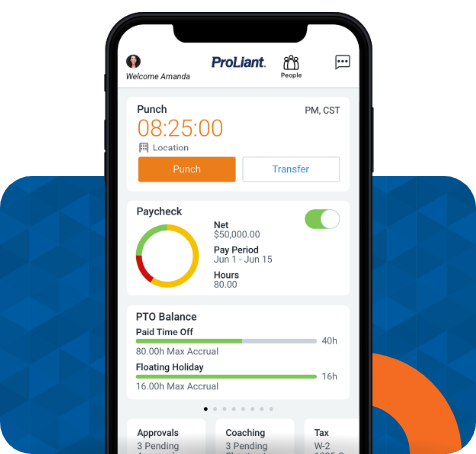It’s no secret that there is a shortage of skilled labor required to replace retiring workers and accommodate growth over the next decade.
According to a study by The Manufacturing Institute, nearly 80% of companies indicated they are concerned about the increasing age of their employees. Another study reported that nearly 25% of manufacturing employees were 55 or older.
The manufacturing sector isn’t the only one dealing with a shortage of help. From construction to health care, food to hospitality, employers know finding available workers has become a big problem.
Labor Shortage Solutions
There is no single remedy for solving this skill shortage, but building a talent pool is a proactive approach to keeping your company one step ahead of the competition when it comes to recruiting and talent strategy.
Most recruiters have been stuck in reaction mode for so long, that their state of constant catch-up becomes the normal mode of operation. However, recruiters who move from reactive to proactive are building talent pools to stay ahead of talent needs and forecasted trends in talent acquisition and their industries.
This talent pool is essentially a stockpile of candidates for when a position becomes available. These can be candidates whom you have interviewed, were impressed with, but have no current position for. Or they could be internal employees, who with additional experience or training, could be in a position to take on higher level jobs within the organization.
Talent pools shorten recruitment process time and take advantage of having the best talent right at your fingertips. They can also reduce the cost of recruitment because you don’t have to advertise as much when a position is open.
So how do hiring managers and recruiters go about building and maintaining a deep talent pool?
Assessing your organization’s future needs of talent is much more strategic than forecasting headcount. You’ll need to consider directions, future growth and contingencies to truly understand your talent needs for the future.
Consider the pace at which skills and jobs are evolving. The jobs of five years ago may not be needed five years from now. How will automation affect your talent needs? What about teleworkers? Are you looking to expand geographically? Look at trends in education and how they reflect skills possessed by the next gen workforce.
Talent pools can be “tended” just as a gardener keeps a careful eye on his tomato plants. Many recruiters do this within their Applicant Tracking Systems (ATS) or LinkedIn Recruiter accounts. Keeping in touch regularly (a simple email will suffice) with those you have earmarked as good potential fits for your organization, will go a long way to keeping these candidates “warm” for when the time is right.








No Comments Yet
Let us know what you think